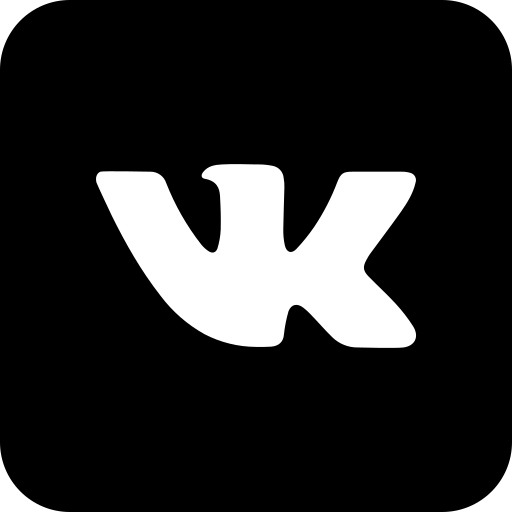For Russian artists, brought up on literature, important was not food, but the eater. Art became dominated by the monas- tic canon with those who fast being portrayed as the righteous, and gluttons depicted as sinners.
If one hopes to find catharsis at an exhibition opening, the reception might be distracting. Those in attendance for the free wine and food could be annoying to those craving spiritual nourishment. Combining reception with catharsis is a major task for great Russian artists.
In 1979, the poet and artist Vladlen Gavrilchik described a New Year’s spread: “Sausages, cheeses, oranges, Bottles—row after row! No, whatever you say—it is gratifying, to devour food products.”
He, of course, ate only with his eyes, through the window of the Eliseevsky shop. Talks about art nurtured Soviet met- aphysics, the mysticism of the late Soviet era and paintings. Soviet kitchen talks cre- ated a nonconformist echo that resonated and spread outward. There was space to talk about everything, be it Johannes Vermeer or Simone Martini: “Sit down. You are here not to eat, aren’t you!”
In the “Greco” café (Viktor Ivanov’s painting “Cafe” Greco”) there were no snacks to serve with wine, let alone talking. The severe men (the Severe Style artists) were silent—who can deny that grandma Anisya was a good person... (Viktor Popkov's “The Old Woman Anisia Was a Good Person”).
I am not sure what happened first, Yuri Shabelnikov’s 1997 performance “Lenin in You and in Me,” wherein viewers at Dar Gallery ate cake made to look like Ilyich lying in a coffin, or a news story also from the 1990s—a youngish female philanthro- pist brought a gift to an orphanage to celebrate a pupil’s birthday—a full-size chocolate sculpture depicting the girl in question. In the picture you can see the orphanage’s facilities manager hastily sawing off the sculpture’s forearm with a hacksaw.
The flourishing of the domestic food market at the turn of the century spread food around new capitalist Russia. Art came to know a new power—the power of the exhibition reception and the sponsor. A wellfed viewer was more ready to accept new art, and this contributed, to a great extent, to the expansion of Postmodernism. While the “Peredvizhniki” (the “Wanderers” art group) rebuked the Zemstvo for being gluttonous and criticized clergy for excessive drinking, new social artists were concerned with edibles’ tortured flesh and environmentally immoral plastic cups. Contemporary vanitas style became the result of aesthetic rethinking of the both defective and vital "still life objects" of the modern era.
Food not only shapes the body, but stays permanently there in its most unsightly aggregated state. The body is a container for continuous transportation of food. Judging on the appearance of the body, we refuse to admit: we are the packaging of our food.
DI # 6-2018




